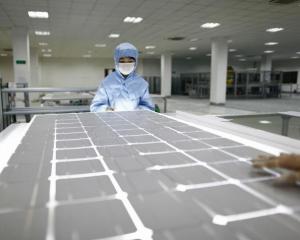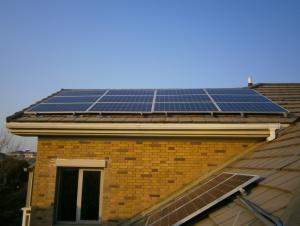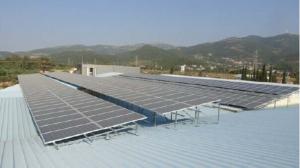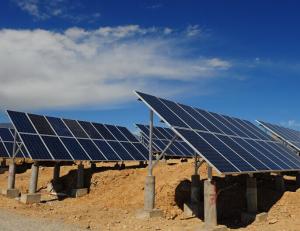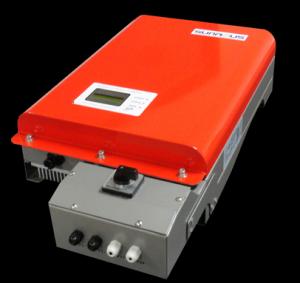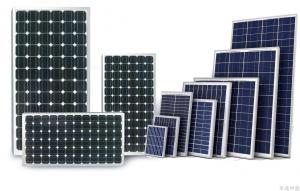Solar Grid Tied Inverter
Solar Grid Tied Inverter Related Searches
Led Light Bulbs For Ceiling Fixtures Led Lamps For Ceiling 42 In Ceiling Fan With Light Parts For Light Fixtures Light Projector For Christmas Grill With Led Light Bar Hanging Lights For Kitchen Bar Ceiling Lights For Sitting Room Ceiling Brackets For Lights Ceiling With Led LightsHot Searches
Aluminium Wire Mesh Manufacturers India Ceiling Fan Lowest Price Aluminium Scaffold Planks Sale Aluminium Walkway Mesh Prices Aluminum Bar Stock For Sale High Mast Light Price List Solar High Mast Light Specification High Mast Light Specification 6061 Aluminum Bar Stock Price Aluminum Bar Stock Price Stage Light Price Solar Inverter Fault Light Led Light Manufacturers Aluminum Round Bar Stock Sizes Aluminum Round Bar Stock Near Me Ceiling Fan Lowest Price Aluminum Flat Bar Stock Near Me Aluminum Bar Stock Sizes Aluminum Bar Stock Suppliers Aluminum Bar Stock Near MeSolar Grid Tied Inverter Supplier & Manufacturer from China
Okorder.com is a professional Solar Grid Tied Inverter supplier & manufacturer, offers integrated one-stop services including real-time quoting and online cargo tracking. We are funded by CNBM Group, a Fortune 500 enterprise and the largest Solar Grid Tied Inverter firm in China.Hot Products
FAQ
- Yes, a solar inverter can be used in areas with unstable grid power. Solar inverters are designed to convert the DC power generated by solar panels into AC power that can be used by household appliances or fed back into the grid. In areas with unstable grid power, solar inverters can provide a reliable and consistent power supply by utilizing the energy stored in the solar panels or batteries. This ensures a continuous power supply, even during grid power fluctuations or outages.
- There are several advantages to using a three-phase solar inverter. Firstly, three-phase solar inverters allow for higher power output compared to single-phase inverters. This is because they distribute the power across three phases, resulting in increased efficiency and capacity. Additionally, three-phase inverters provide better voltage stability and balance across the three phases of a power grid. This is particularly beneficial in commercial or industrial settings where there may be heavy loads and varying power demands. Furthermore, three-phase solar inverters offer improved reliability and durability. They are designed to handle higher currents and can withstand higher temperatures, ensuring a longer lifespan and reducing maintenance requirements. Lastly, three-phase inverters are more cost-effective in large-scale solar installations. They allow for better utilization of available grid infrastructure, reducing transmission losses and optimizing power distribution. Overall, the advantages of using a three-phase solar inverter include higher power output, improved voltage stability, enhanced reliability, and cost-effectiveness in larger-scale installations.
- Yes, a solar inverter can be used with different types of energy storage systems. Solar inverters are designed to convert the direct current (DC) generated by solar panels into alternating current (AC) that can be used to power electrical devices. The AC output from the solar inverter can be connected to various energy storage systems, such as batteries, to store excess energy generated by the solar panels for later use. Therefore, solar inverters are compatible with different types of energy storage systems, allowing for efficient utilization of solar energy.
- A string inverter is a type of inverter that is connected to a string of solar panels, converting the DC power generated by the panels into AC power for use in the electrical grid. On the other hand, a micro inverter is a smaller and individual inverter that is attached to each solar panel, converting the DC power directly at the panel level. The main difference between the two is that a string inverter operates at the string level, which means if one panel in the string is affected by shade or malfunction, the entire string's performance is affected. In contrast, with micro inverters, each panel operates independently, allowing for higher energy production and better performance in situations where panels are subjected to shading or varying conditions.
- Yes, a solar inverter can be used with bifacial solar panels. Bifacial solar panels have the ability to capture sunlight from both sides, making them more efficient. A solar inverter is responsible for converting the DC power generated by solar panels into usable AC power for homes or businesses. Therefore, it can easily be used with bifacial solar panels to ensure efficient power conversion and utilization.
- Yes, a solar inverter can be used in standalone systems. Standalone systems, also known as off-grid systems, are not connected to the main power grid and rely on alternative energy sources such as solar power. In these systems, a solar inverter is essential as it converts the direct current (DC) generated by the solar panels into alternating current (AC) which can be used to power household appliances and other electrical loads.
- Yes, a solar inverter can be used with different solar panel technologies as long as the inverter is compatible with the specific voltage and power output of the panels. However, it is important to ensure that the inverter is designed to handle the specific characteristics and requirements of each solar panel technology for optimal performance and efficiency.
- The role of frequency support in a solar inverter is to ensure that the output frequency of the inverter aligns with the grid frequency. It helps in maintaining grid stability by continuously monitoring the grid frequency and adjusting the solar inverter's output accordingly. This support is crucial in preventing frequency deviations and potential disruptions to the grid, ensuring proper integration of solar energy into the electrical system.

















